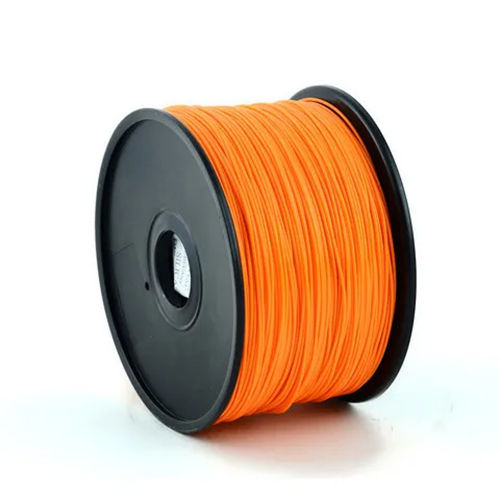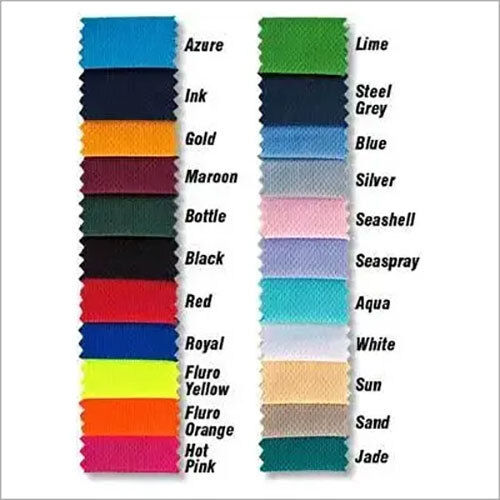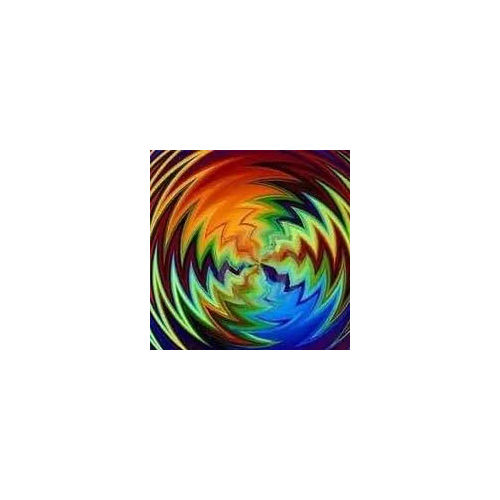Reactive Dyes Yellow 7
Price 70 INR/ Kilograms
Reactive Dyes Yellow 7 Specification
- Strength
- 100% Standard
- Smell
- Characteristic
- Water Resistance
- Excellent
- Density
- 1.8 Gram per cubic centimeter(g/cm3)
- Solubility
- Soluble in Water
- Ph Level
- 6-7 (1% solution)
- Melting Point
- Decomposes
- Shape
- Fine Powder
- Rubbing Resistance
- Good
- Application
- Cotton, Wool, Silk, Polyester Blends
- Taste
- Odorless
- Grade
- Industrial
- Poisonous
- NO
- HS Code
- 32041600
- Purity
- 99%
- Structural Formula
- Available Upon Request
- Molecular Formula
- C20H19ClN8Na4O10S2
- Shelf Life
- 2 Years
- Moisture (%)
- Less than 1%
- Other Names
- Reactive Yellow 7, C.I. Reactive Yellow 7
- Size
- Customized Packaging
- Resistance
- High Fastness to Washing & Light
- Solvent Color
- Yellow
- CAS No
- 12226-48-1
- Type
- Reactive Dye
- Usage
- Textile Dyeing
- EINECS No
- 235-424-6
- Physical Form
- Powder
Reactive Dyes Yellow 7 Trade Information
- Minimum Order Quantity
- 500 Kilograms
- Payment Terms
- Cheque
- Supply Ability
- 50000 Kilograms Per Week
- Delivery Time
- 3-7 Days
- Sample Available
- Yes
- Sample Policy
- Free samples are available
- Main Domestic Market
- All India
About Reactive Dyes Yellow 7
PRODUCTS:- YELLOW 7
C. I. NAME :- YELLOW MG4
CAS NO.:- 12226-46-9
Reactive Dyes comprise class of high colored organic substances that find primary application for tinting of textiles. These dyes are used in paint, textiles, garments and other industry sectors and are available in different color choices. Here, our expertise lies in offering these dies in different formulation finishes. Dies get attached to their substrates through chemical reaction, forming a covalent bond between molecule of dye as well as of fiber and forms that need to be colored. This makes it strong enough so as it cannot be removed through washing.
It is known as CORANTES REATIVOS in Brazil.
It is known as COLORANTES REATIVOS in Mexico, Colombia, Peru, Argentina, Paraguay, Uruguay, Chile, Guatemala, Honduras, Costa Rica, Nicaragua.
Specifications:
| Place of Origin | Maharashtra, India |
| Type | Direct Dye |
| Usage | Leather Dyestuffs, Paper Dyestuffs, Textile Dyestuffs |
| Minimum Order Quantity: | 500 Kilogram/Kilograms |
| Purity | 100.00% |
Superior Dye Performance for Textiles
Reactive Dyes Yellow 7 delivers strong, vibrant yellow shades with excellent resistance to washing, light, water, and rubbing, making it ideal for long-lasting textile products. Its compatibility with other reactive dyes allows for flexible, customized dyeing solutions in industrial settings, ensuring reliable results across various fiber blends.
Environmentally Responsible Manufacturing
This reactive dye is formulated with low environmental impact in mind, complying with stringent standards for heavy metal content (EN71 Part 3). Producers and exporters in India prioritize eco-friendly manufacturing and quality assurance to meet global expectations for safe and sustainable textile dyes.
Versatile Application and Easy Handling
Packaged in secure HDPE bags or drums, Reactive Dyes Yellow 7 is easy to storerequiring only cool, dry conditions. The fine powder dissolves readily in water, ensuring simple preparation for exhaust, pad, or print dyeing methods. Shelf stability and customized packaging sizes make it suitable for diverse textile processes.
FAQs of Reactive Dyes Yellow 7:
Q: How should Reactive Dyes Yellow 7 be stored for optimal shelf life?
A: It is recommended to keep the dye in a cool, dry place, protected from moisture, as per the manufacturers instructions. Proper storage ensures the dye remains stable and effective for up to 2 years.Q: What is the preferred method for applying Reactive Dyes Yellow 7 to textiles?
A: This dye is suitable for exhaust, pad, and print dyeing processes on cotton, wool, silk, and polyester blends. It is soluble in water, allowing for easy preparation and application during textile production.Q: What benefits does using Reactive Dyes Yellow 7 offer for textile manufacturers?
A: Reactive Dyes Yellow 7 provides excellent color fastness to washing, light, and water, along with robust rubbing resistance. Its low environmental impact and compliance with EN71 Part 3 make it a safe and responsible choice for manufacturing.Q: Is Reactive Dyes Yellow 7 compatible with other reactive dyes for custom color blending?
A: Yes, the dye is anionic and fully compatible with other reactive dyes, allowing manufacturers to blend different shades and customize colors according to fabric requirements.Q: Where is Reactive Dyes Yellow 7 typically supplied from?
A: This dye is primarily produced and exported by dealers, manufacturers, and suppliers in India. It is available in HDPE bags or drums, with customized packaging options to suit different volume needs.Q: What is the process for preparing Reactive Dyes Yellow 7 for use in textile dyeing?
A: To prepare for use, dissolve the fine powder in water to achieve a 1% solution with a pH of 67. Select the appropriate dyeing method (exhaust, pad, or print) based on fabric type and desired results.Q: What safety and environmental standards does Reactive Dyes Yellow 7 meet?
A: Reactive Dyes Yellow 7 complies with EN71 Part 3 for heavy metal content and is classified as having low environmental impact. It is non-poisonous, odorless, and designed to ensure safe handling and use.

Price:
- 50
- 100
- 200
- 250
- 500
- 1000+
More Products in Reactive Dyes Category
Eco Friendly Reactive Dyes
Price 85 INR / Kilograms
Minimum Order Quantity : 500 Kilograms
Type : Other, Eco Friendly Reactive Dyes
Physical Form : Other, Powder or Granules
Purity : 98% minimum
Solvent Color : Depends on type; Bright and clear
REACTIVE YELLOW M3R
Price 85 INR / Kilograms
Minimum Order Quantity : 500 Kilograms, ,
Type : Reactive Dye
Physical Form : Powder
Purity : 98% min
Solvent Color : Yellow
Direct Reactive Dye
Price 90 INR / Kilograms
Minimum Order Quantity : 500 Kilograms
Type : Reactive Dye
Physical Form : Powder
Purity : 99%
Solvent Color : Bright Shade
M Cold Series Dyes
Price 65 INR / Kilograms
Minimum Order Quantity : 500 Kilograms, ,
Type : Other, Reactive Dyes (Cold Series)
Physical Form : Powder
Purity : 99% Min.
Solvent Color : Bright shade in water
 |
MEGHA INTERNATIONAL
All Rights Reserved.(Terms of Use) Developed and Managed by Infocom Network Private Limited. |
 English
English Spanish
Spanish French
French German
German Italian
Italian Chinese (Simplified)
Chinese (Simplified) Japanese
Japanese Korean
Korean Arabic
Arabic Portuguese
Portuguese
 Send Inquiry
Send Inquiry




